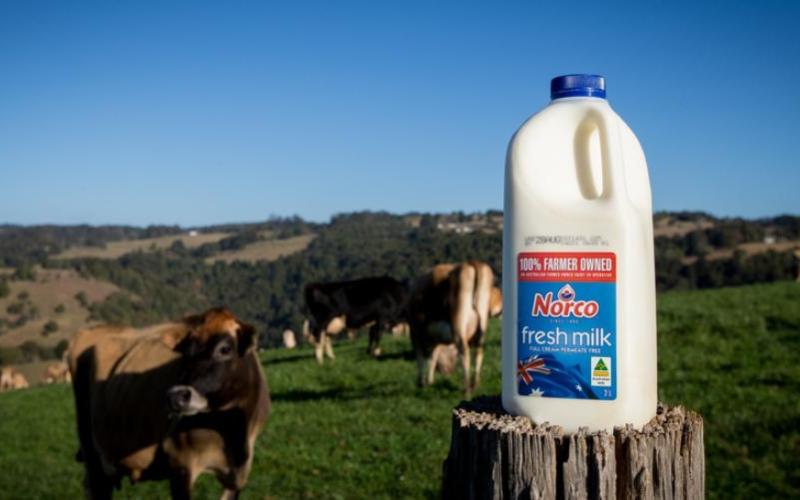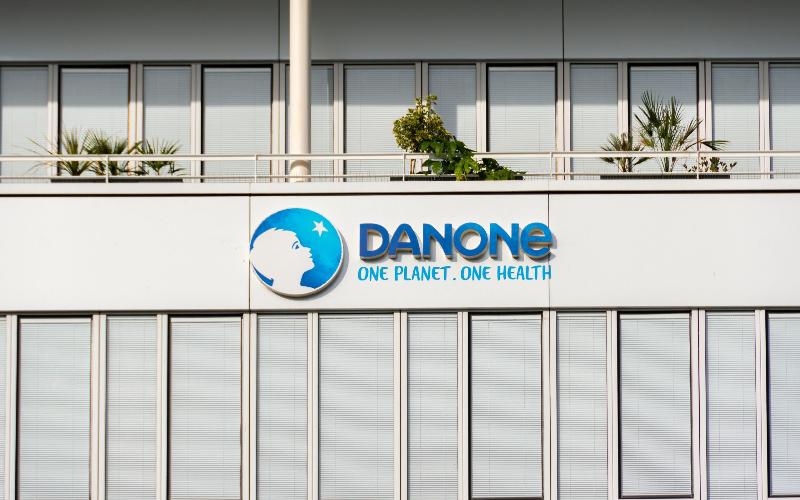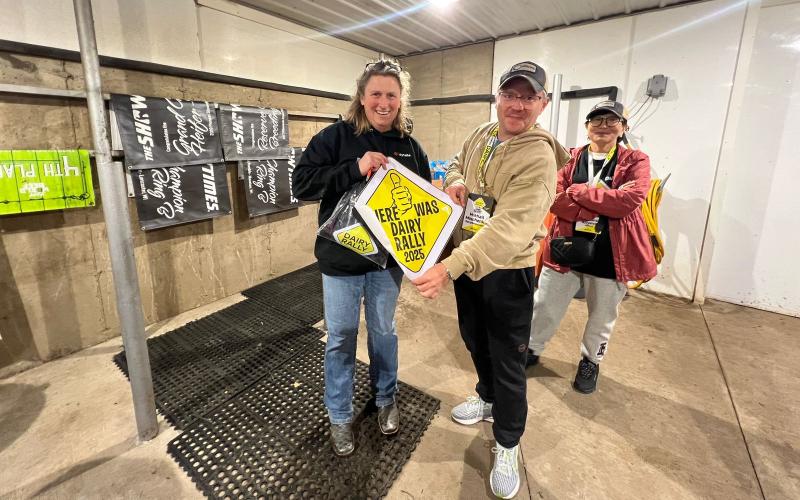Rwandan Government Boosts Dairy Farmers with Price Revision
Sourse: The DairyNews
The Rwandan Ministry of Trade and Industry has enacted a pivotal revision in milk pricing, setting a new floor price of Rwf400 per liter for raw milk delivered to Milk Collection Centres (MCCs).

This 30% increase from the previous rates of August 2022 is a strategic measure to encourage dairy farmers to amplify milk production and enhance their livelihoods.
This price adjustment comes in response to the challenges faced by dairy farmers, who have voiced concerns about the sustainability of their operations amidst rising costs for essential inputs such as water, fodder, and labor due to inflation. The prior pricing structure led to a reduction in milk supply, triggering a cascade of effects across the dairy value chain, including milk scarcity and increased retail prices.
Political and Developmental Implications:
Dairy farming remains a cornerstone of Rwanda's economy, and its significance has been echoed in the current electoral campaigns. Presidential candidate Frank Habineza has committed to constructing additional factories and MCCs in the Gicumbi and Nyaruguru districts. Simultaneously, independent parliamentary candidate Janvier Nsengiyumva has pledged to bolster milk production through the establishment of small milk-processing plants in the Nyagatare and Gatsibo districts, promising to enhance the overall milk value chain.
Growth and Future Outlook:
Rwanda’s annual milk production has shown remarkable growth, with the output reaching over one million tonnes in 2023, a significant increase from 891,326 tonnes in 2020 and 372,600 tonnes in 2010. This growth trajectory underscores the critical need to continuously support and incentivize dairy farmers to meet the rising demand for milk.
This price adjustment comes in response to the challenges faced by dairy farmers, who have voiced concerns about the sustainability of their operations amidst rising costs for essential inputs such as water, fodder, and labor due to inflation. The prior pricing structure led to a reduction in milk supply, triggering a cascade of effects across the dairy value chain, including milk scarcity and increased retail prices.
Political and Developmental Implications:
Dairy farming remains a cornerstone of Rwanda's economy, and its significance has been echoed in the current electoral campaigns. Presidential candidate Frank Habineza has committed to constructing additional factories and MCCs in the Gicumbi and Nyaruguru districts. Simultaneously, independent parliamentary candidate Janvier Nsengiyumva has pledged to bolster milk production through the establishment of small milk-processing plants in the Nyagatare and Gatsibo districts, promising to enhance the overall milk value chain.
Growth and Future Outlook:
Rwanda’s annual milk production has shown remarkable growth, with the output reaching over one million tonnes in 2023, a significant increase from 891,326 tonnes in 2020 and 372,600 tonnes in 2010. This growth trajectory underscores the critical need to continuously support and incentivize dairy farmers to meet the rising demand for milk.
Key News of the Week














